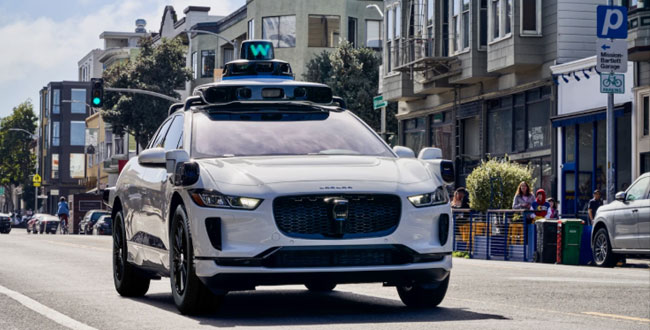Waymo, Alphabet’s autonomous vehicle subsidiary, announced this week that its robotaxis have completed 10 million paid passenger trips—a milestone achieved just five months after reaching 5 million rides. This exponential growth underscores accelerating public acceptance of driverless technology and signals a seismic shift in the future of urban transportation. While Waymo’s achievement highlights technological prowess, it also raises critical questions about scalability, regulatory frameworks, and market competition in the rapidly evolving autonomous vehicle (AV) sector.
From Niche Experiment to Mainstream Mobility
Launched in 2009 as Google’s self-driving car project, Waymo has spent over a decade refining its AI-driven technology. Today, its fleet operates across 15 U.S. cities, including Phoenix, San Francisco, and Los Angeles, with plans to expand to 30 cities by 2026. The 10 million-ride milestone reflects a 92% surge in monthly users since late 2024, driven by strategic partnerships with Uber, Lyft, and logistics giants like UPS for last-mile delivery pilots.
“This isn’t just about replacing drivers—it’s about reimagining cities,” said CEO Tekedra Mawakana in a recent interview. “Autonomy can reduce traffic fatalities by up to 90% while democratizing access to transportation.” Waymo’s safety data supports this claim: its vehicles report 54% fewer accidents per mile than human drivers in urban environments, according to NHTSA benchmarks.
Case Study 1: Phoenix’s Suburban Success
Waymo’s longest-running service in Metro Phoenix exemplifies its suburban strategy. Since 2020, the company has deployed 1,200 Jaguar I-PACE robotaxis across 180 square miles, catering to commuters in low-density areas underserved by public transit. A 2025 Arizona DOT survey found that 68% of riders use Waymo for daily errands, with average wait times under 7 minutes. Local resident Maria Gonzalez shared, “I sold my second car—Waymo saves me $400 a month on insurance and maintenance.”
Case Study 2: San Francisco’s Regulatory Tightrope
In contrast, San Francisco’s rollout has been fraught with challenges. Waymo competes with Cruise (GM’s AV subsidiary) in a city where robotaxis account for 12% of all rideshare trips. However, incidents like a 2024 collision involving an emergency vehicle prompted California’s DMV to temporarily halt nighttime operations. Waymo responded by upgrading its AI’s emergency response protocols, reducing intervention rates by 40% in Q1 2025.
The Road Ahead: Challenges and Opportunities
Despite progress, hurdles remain:
- Regulatory Fragmentation: Varying state laws complicate national expansion. Texas requires AVs to carry liability insurance double that of human drivers, while Florida mandates human safety operators during peak hours.
- Public Trust: A 2025 Pew Research study found only 33% of Americans feel “comfortable” riding driverless cars, citing cybersecurity and job displacement concerns.
- Competition: Tesla’s “Robotaxi Unplugged” event in June 2025 revealed plans to undercut Waymo’s $2.50/mile pricing by 30%, leveraging its 2 million-strong vehicle network.
Conclusion: Autonomy’s Tipping Point
Waymo’s 10 million rides mark a watershed moment, proving that autonomous technology can scale beyond prototypes. Yet the true test lies in balancing innovation with ethical and logistical realities. As cities grapple with congestion and climate goals, robotaxis offer a compelling—if contentious—solution. “The next five years will separate pioneers from pretenders,” notes AV analyst Rebecca Hunt of Gartner. “Sustainability, safety, and public buy-in will decide who leads.”
 Digital Tech Byte Latest Technology News
Digital Tech Byte Latest Technology News





